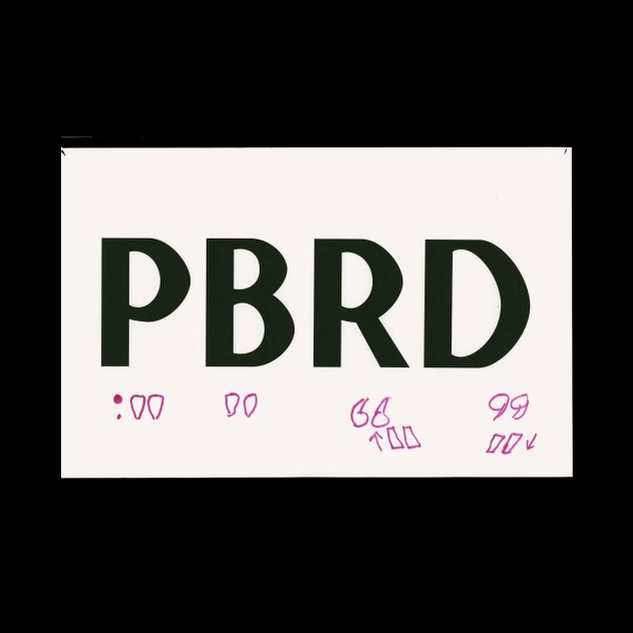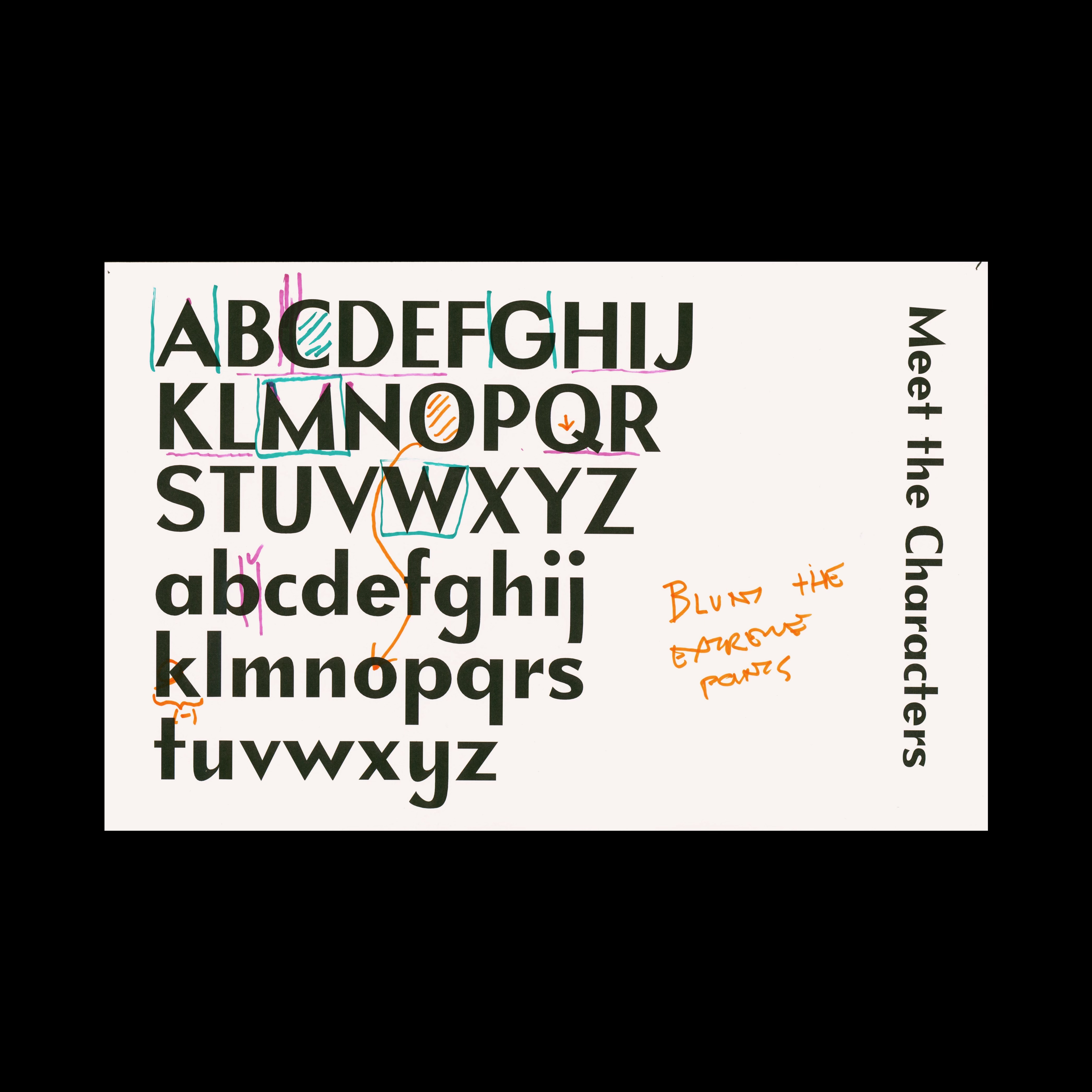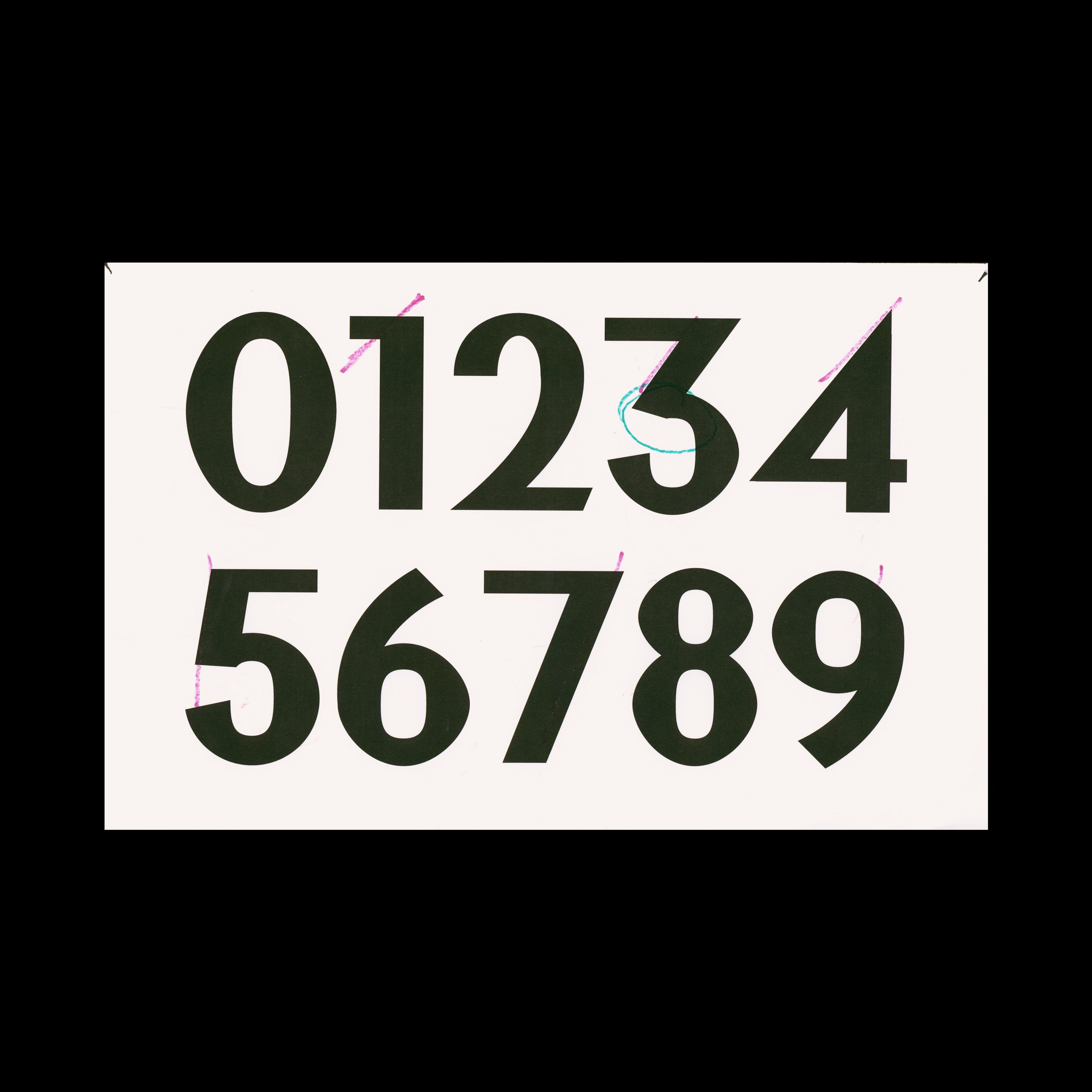Type Design:
Praeterita Halbfett!




Inspired by German Expressionist woodblock typography, early handwritten Bauhaus manuscripts, and of course the timeless Futura.
I spent much less time on Praeterita than I did on Graham Grotesk, not because of any lack of effort but just because I learned so much from making my first typeface. Despite how many fewer hours Praeterita took, people seem to like it more because it’s admittedly more interesting looking.
Graham Grotesk
Graham Grotesk is a new sans-serif Modeled after a variety of grotesk typefaces including Helvetica, Akzidenz Grotesk, Trade Gothic, and Franklin Gothic.
In particular, Graham Grotesk aims to capture the angular quirkiness of Trade Gothic while maintaining the elegance and simplicity of Helvetica.
The most important questions when designing a typeface are these: what defines the character of my type? What characteristics make it distinct? For Graham Grotesk, that character all stems from the shoulder of the n. the shoulder meets the stem at a sharp angle, creating a unique counter-space.The u is just an upside-down n. Is that cheating? I think it should be allowed. I don’t play by the rules...because I don’t know them.